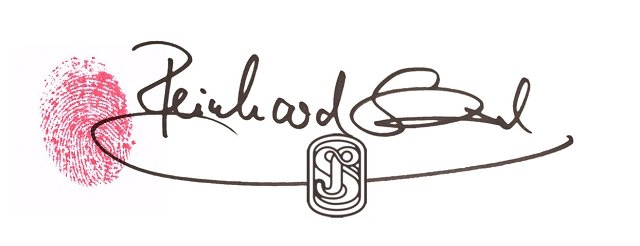"You can paint with anything that sticks" German painter Leibl supposedly said. Over the last few thousand years a variety of ways to make a pigment stick to a surface have been tried... not all of them worked equally well ;-)
It took me more than 20 years to finally find a way that produces predictable results with my special hinterglas technique for my work on glass.
My technique for "traditional" oil painting is largely based on the "Mischtechnik" of the old Flemish Masters, like Jan van Eyck. They combined the traditional egg tempera painting with the then newly developed oil painting. The thought behind it is, that one uses a water based medium, which allows precise drawing like lines and the oil based medium, which is better suited for glazing and soft gradients. With time different methods were developed and with new materials available, the old fashioned egg tempera/oil combination is often regarded as obsolete.
Nevertheless, I like it very much, as it offers a sort of drawing approach to painting and gives a very special "inner light".
A colleague and friend, the incredibly talented and skilled painter ARINA invited me to participate in a charity project she is organizing and I decided to make a small oil painting for the auction. With its underlying symbolism, I thought one of my favorite subjects, the fish would work well. I documented the creation, so I could show the process in a post here. This is the current state:
Underpainting finished, a first glaze of background color in red (the painting is NOT finished)
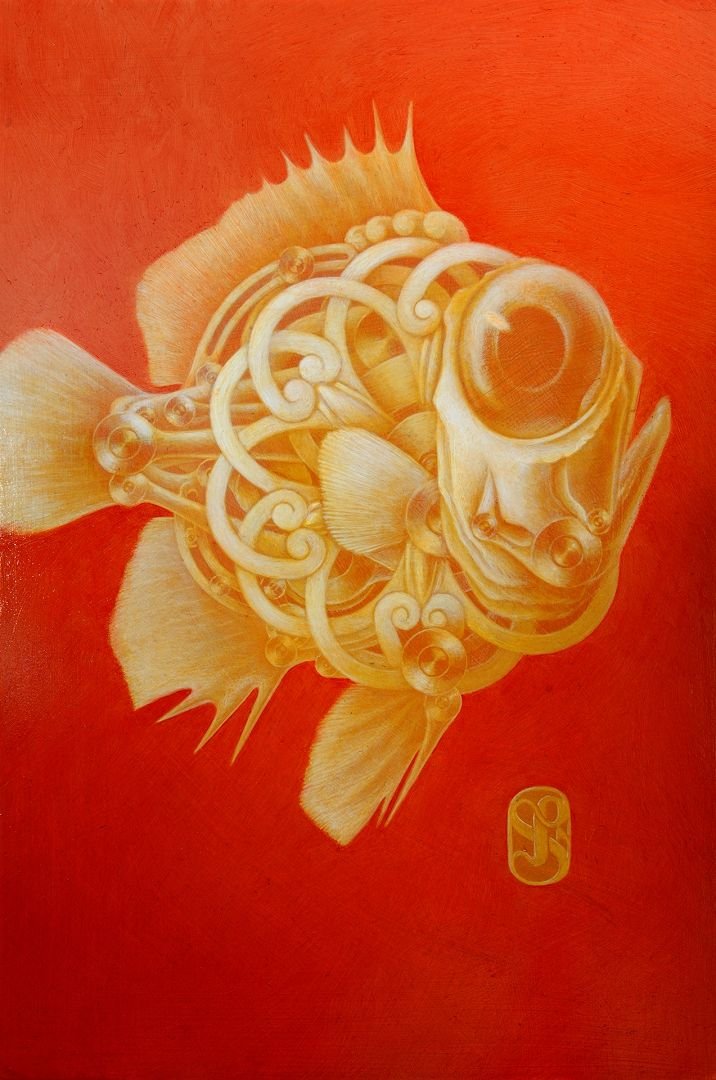
But lets start at the beginning. I usually do a drawing on paper first. At the same time I prepare my canvas or whatever board I want to use. I like it, when the gesso (the usually white ground) is very smooth, so it generally has to be painted on several times and then sanded with very fine sandpaper. Next I add a darker tone, usually some orange-ish English red. I use acrylics for that, diluted with some 20% water and some Lascaux medium 3 (satin matt)
Next I rub white pigment on the back of my drawing. I use my fingers and rub it in, until there is no loose powder left. I tape the drawing to my canvas/board. By drawing over the lines of my drawing with a 2H pencil, it is reproduced on my painting surface in white pigment lines...
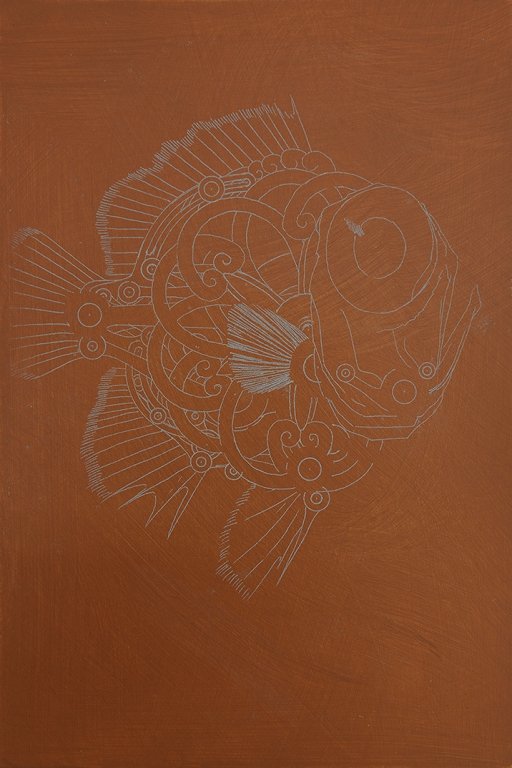
Then I use only white (acrylics ), to create the form. I like it, when I can build it up slowly, in a drawing like manner. With small brushes, you can draw almost like with colored pencils...
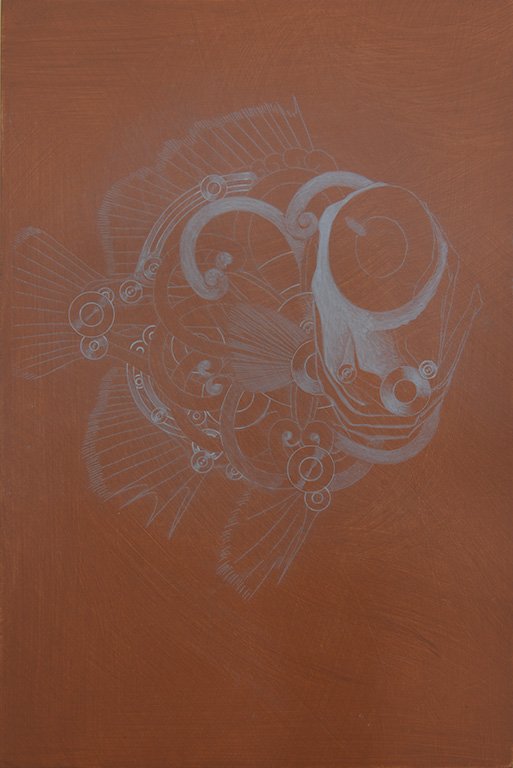
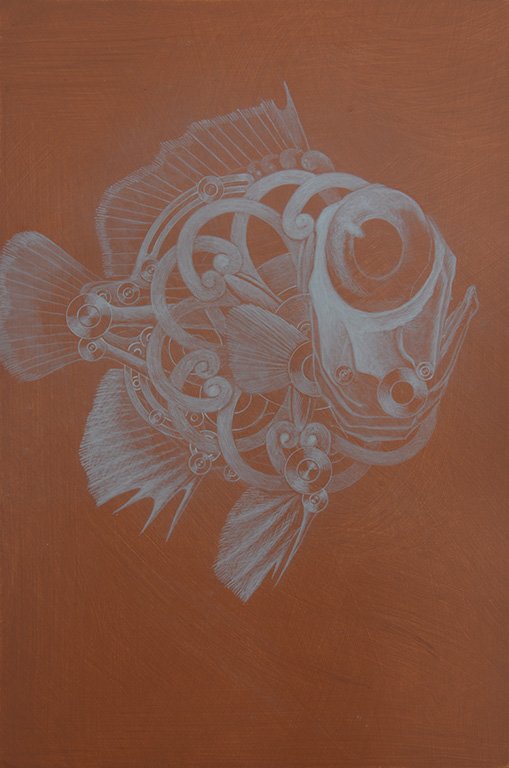
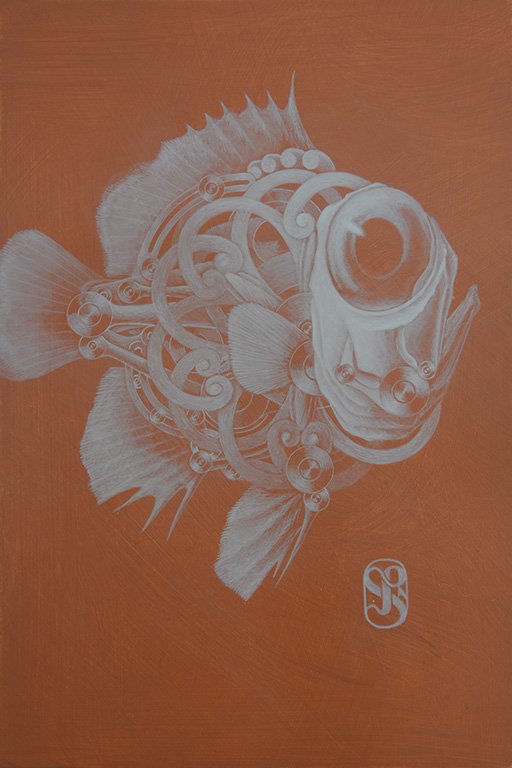
Once all the elements are created, a transparent layer of light ocre is painted over the whole painting. You could use oil for that, as it gives you more control over opacity and evenness. I use acrylics with water and Lascaux medium. Try this somewhere else first, as acrylics dry rather quickly.
Now the little painting has this yellowish tint..
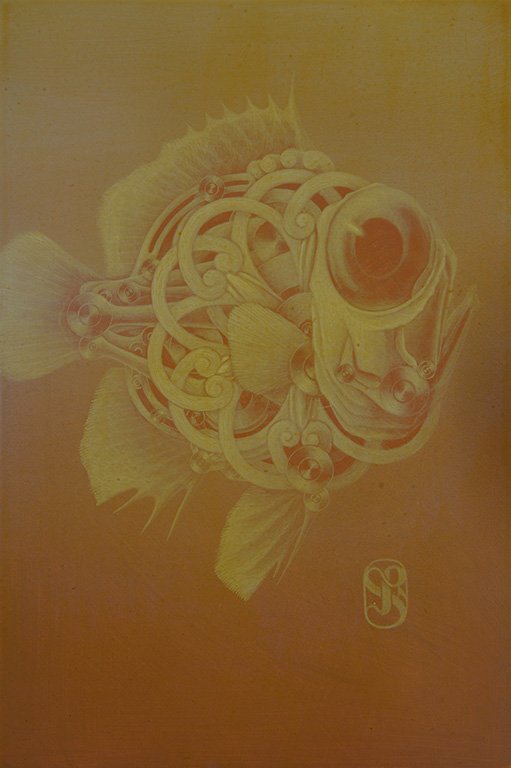
In the next step, only the brightest areas are brought out again in white:
https://dtube.video/v/reinhard-schmid/mcbnfrcz
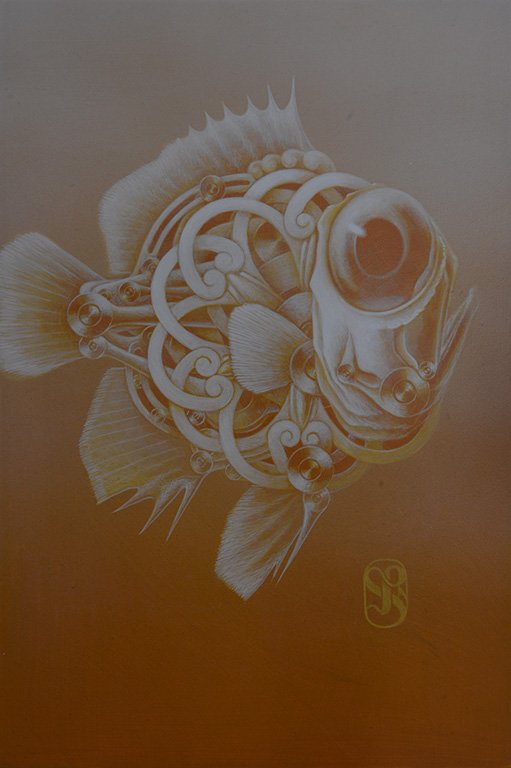
And finally, the so called underpainting is finished:
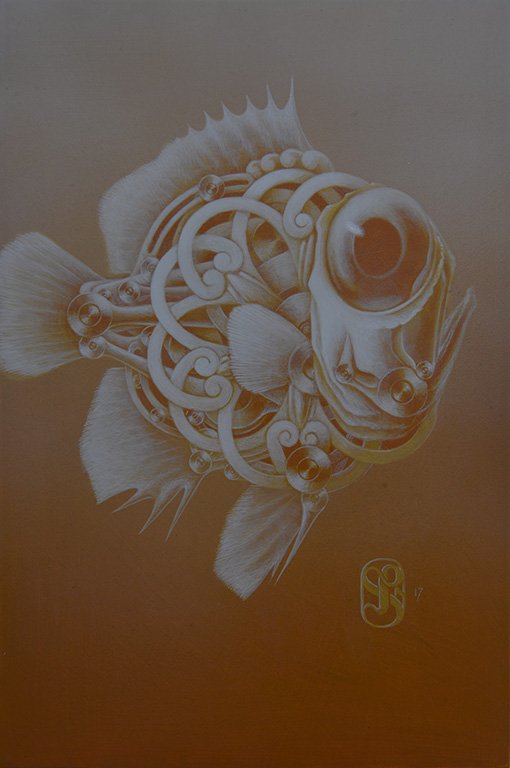
Then I started with a first layer of oil for the background as seen in the first photo.
To sum things up:
I start with a midtone, mostly from an ocre-ish light brown to some English red in acrylics
Next is creating the form in white only, also in acrylics
A thin transparent layer of ocre
Defining the form more in white only
Important: Once you work with oils, you can no longer use acrylics, as oils work on acrylics, but NOT vice versa! You can only use egg tempera on oils, if you want to use a water based medium at that stage.
If you would like to know more about my work on glass, you can find it here
